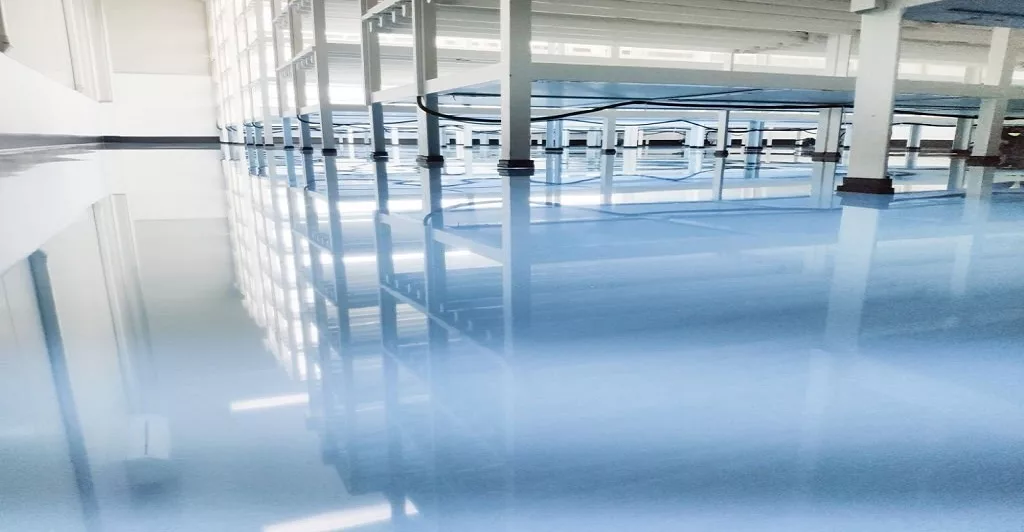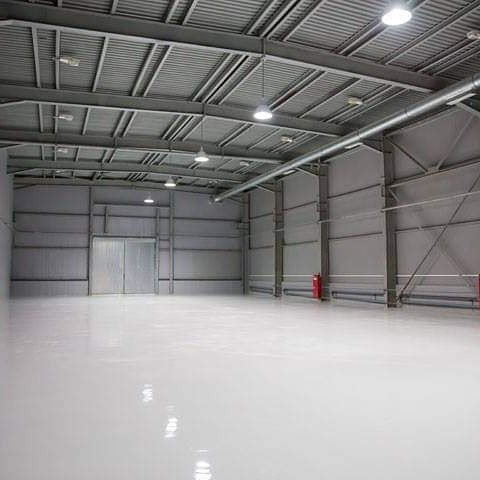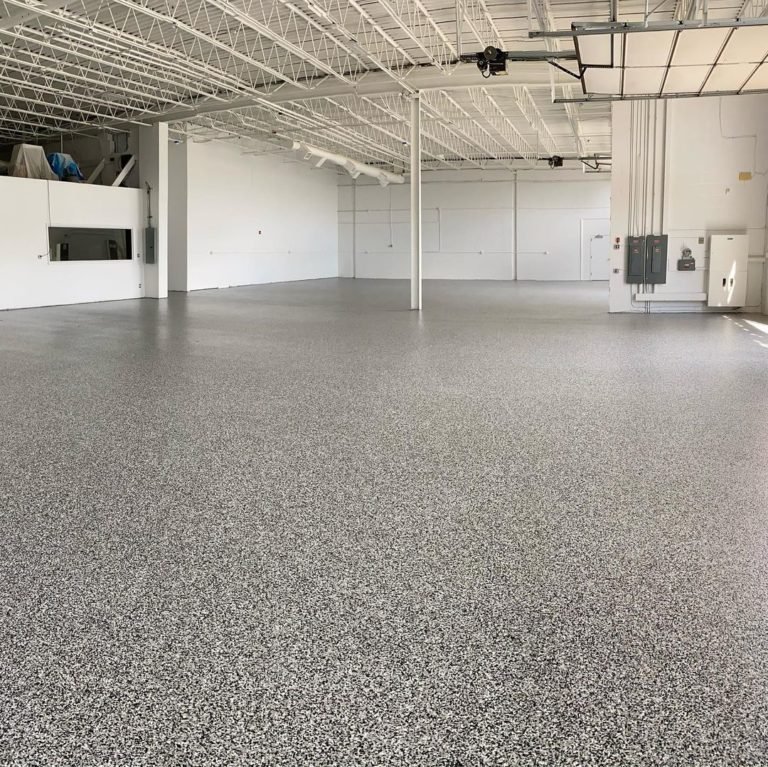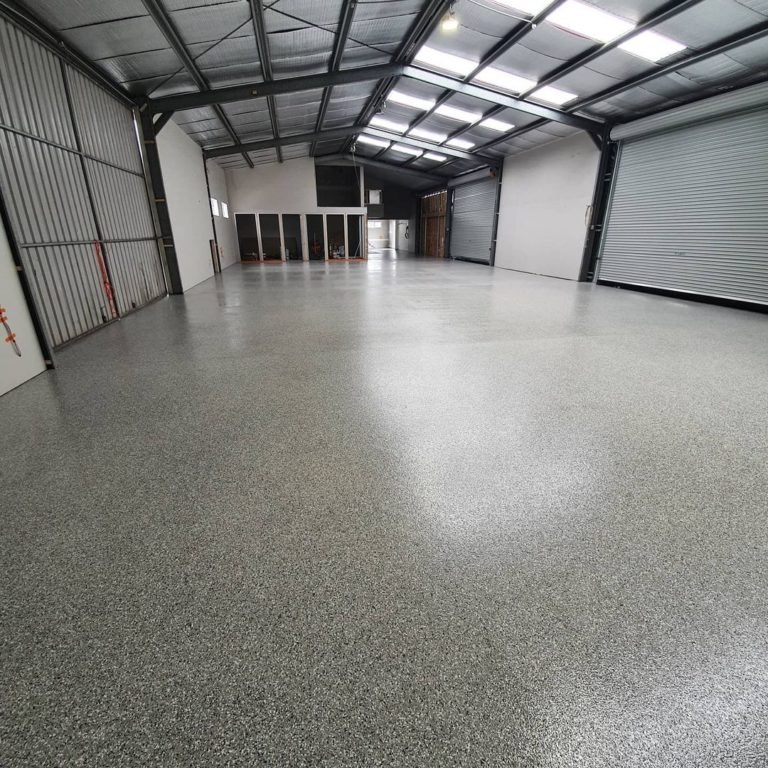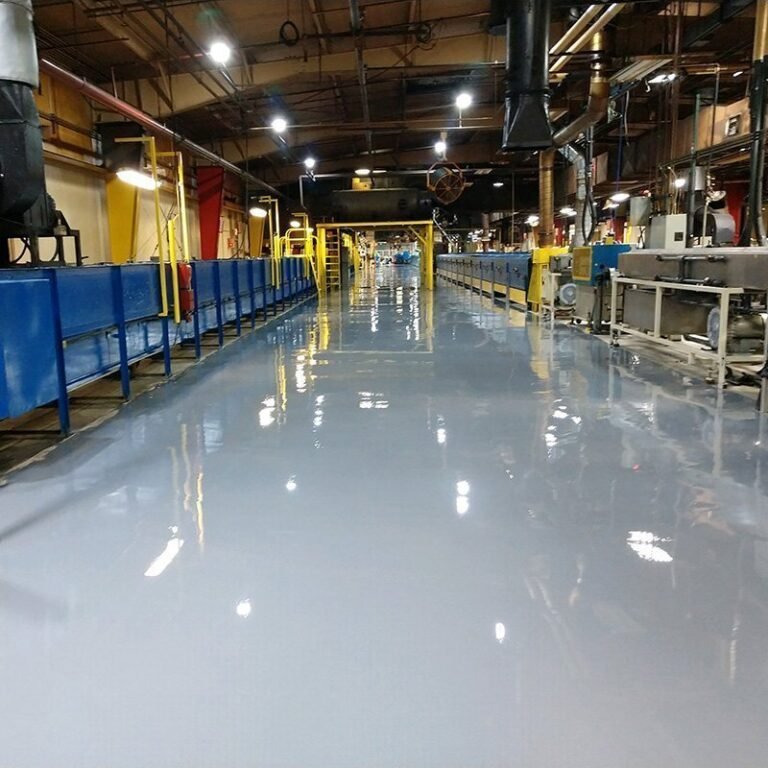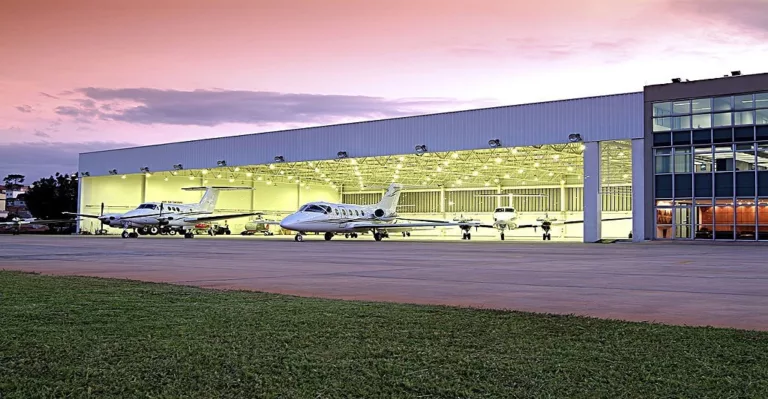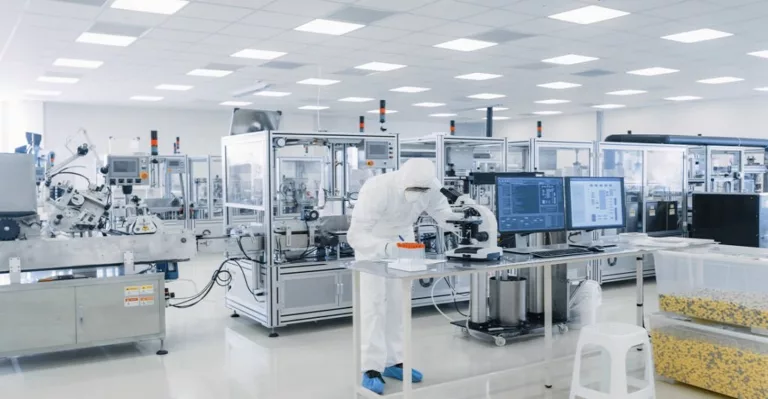Polyaspartic vs Polyurea Floor Coatings — Which Is Best for Your Project?
Comparing cure speed, UV stability, durability, cost and ideal applications for garages, parkades and industrial floors in Vancouver & across BC.
Polyaspartic and polyurea floor coatings are often mentioned in the same breath — and for good reason. Both are high-performance systems used on garages, parkades and industrial slabs where fast turnaround and long-term durability matter.
But they are not identical. Polyurea is incredibly fast and flexible, while polyaspartic is engineered to slow things down just enough to be installer-friendly and highly UV stable. Understanding the differences will help you choose the right system for your concrete floor — whether it’s a residential garage in Surrey or a commercial bay in Richmond.
What is a polyurea floor coating?
Polyurea is an elastomer created by reacting an isocyanate with an amine-terminated resin. In practical terms, it is a very fast-curing, highly flexible coating that bonds aggressively to properly prepared concrete.
Key characteristics of polyurea:
- Extremely fast cure: working time can be minutes, not hours — excellent for tight shutdowns.
- Flexibility: handles slab movement and thermal cycling better than many rigid coatings.
- Moisture tolerance: some formulations tolerate higher humidity or damp concrete.
- High impact and abrasion resistance: ideal for industrial environments and drive lanes.
What is a polyaspartic floor coating?
Polyaspartic is a type of aliphatic polyurea designed to slow down the chemistry enough to make installation more controlled — while boosting UV stability. Think of it as a “tuned” version of polyurea that balances speed with workability and long-term appearance.
Key characteristics of polyaspartic:
- Extended working time: more pot life and open time for installers, especially on larger areas.
- Excellent UV stability: resists yellowing and colour shift under sunlight.
- High-build capability: can be applied at higher film builds in fewer coats.
- Fast return-to-service: still significantly faster than traditional epoxy systems.
- Great for overnight or weekend turnarounds.
- Often used in industrial environments and high-demand zones.
- Best in the hands of experienced installers due to short working time.
- Allows more time to broadcast flakes or metallics.
- Ideal as a UV-stable topcoat on decorative systems.
- Popular choice for garages, parkades and outdoor aprons in BC.
Polyaspartic vs polyurea — technical comparison
The table below summarizes the main differences most property owners and facility managers care about:
| Criteria | Polyurea | Polyaspartic |
|---|---|---|
| Curing time | Extremely fast; often minutes to handle. Great for ultra-tight schedules. | Fast, but with more working time; still allows same-day or next-day return. |
| Working time (pot life) | Short; requires experienced installers and careful staging. | Longer; easier to work on larger areas and decorative systems. |
| UV resistance | Can yellow or chalk if unprotected in UV exposure. | Excellent UV stability; preferred on exterior or sun-exposed floors. |
| Flexibility | High; very good for dynamic slabs and temperature swings. | Good flexibility, but tuned more for appearance and workability. |
| Aesthetics | Often used in functional, industrial systems. | Common in decorative flake and high-end garage systems. |
| Cost | Can be slightly lower on materials; labour can be intensive. | Usually slightly higher per litre, but efficient in fast-track installs. |
Ideal applications in Vancouver & across BC
Climate and usage patterns matter. Vancouver’s wet winters, road salt, UV exposure and tight construction schedules all influence which system is the better fit.
- Industrial processing plants with minimal shutdown windows.
- Back-of-house service corridors and mechanical rooms.
- Loading docks and drive lanes needing rapid return-to-service.
- Projects where function and speed outrank decorative requirements.
- Residential garages in Vancouver, Surrey, Coquitlam and Langley.
- Condo parkades and ramps with UV exposure.
- Retail and showroom spaces where appearance matters.
- Exterior aprons and entryways exposed to sunlight and weather.
Real-world systems: often a combination
In practice, many high-performance floors use a blend of technologies, for example:
- Moisture-mitigating primer or epoxy base coat.
- Broadcast flake or quartz for slip resistance and aesthetics.
- Polyaspartic topcoat for UV stability and fast return-to-service.
In some heavy-duty industrial environments, polyurea layers may be used where extreme impact resistance and elasticity are required, then protected by a different wear layer. The right system is always project-specific.
How Priority One Epoxy Flooring helps you choose
Instead of pushing one chemistry over another, we start with your slab condition, traffic type, downtime tolerance and budget. Then we recommend a build that might use epoxy, polyurea, polyaspartic — or a combination — to hit your performance targets.
For Vancouver and BC projects, we often recommend:
- Polyaspartic flake systems for residential garages and condo stalls.
- Hybrid epoxy / polyaspartic systems for commercial and light industrial floors.
- Heavier-duty builds for parkades, ramps and drive lanes with high traffic and UV exposure.
Explore more about resin flooring systems we install across BC:
Is polyaspartic always better than polyurea?
Not always. Polyaspartic is generally better for decorative, UV-exposed and installer-friendly applications. Polyurea can be ideal where extreme speed and flexibility are top priorities. The best choice depends on use, climate and install conditions.
Will either system peel in a damp Vancouver garage?
Peeling is almost always a preparation or moisture issue, not a chemistry issue. Proper diamond grinding, moisture testing and the right primer are critical whether the topcoat is polyurea, polyaspartic or epoxy.
Which is more UV stable?
Polyaspartic topcoats are designed for excellent UV stability and are preferred on sun- exposed ramps, aprons and garages. Polyurea often needs a UV-stable topcoat over it to protect from yellowing.
Are polyaspartic and polyurea coatings slippery?
Either system can be tuned with broadcast flake or traction additives. For Vancouver’s wet climate, we typically recommend a light-to-medium texture on ramps and entry areas and a smoother profile inside garages for easier cleaning.
What does a typical project cost?
Pricing depends on prep, size and system build. Many polyaspartic flake garage systems in the Lower Mainland fall in a similar range to high-end epoxy systems; industrial polyurea or hybrid builds can vary more with thickness and traffic class.
Priority One Epoxy Flooring provides on-site inspections and written recommendations for garages, parkades and industrial floors across Vancouver and British Columbia.

